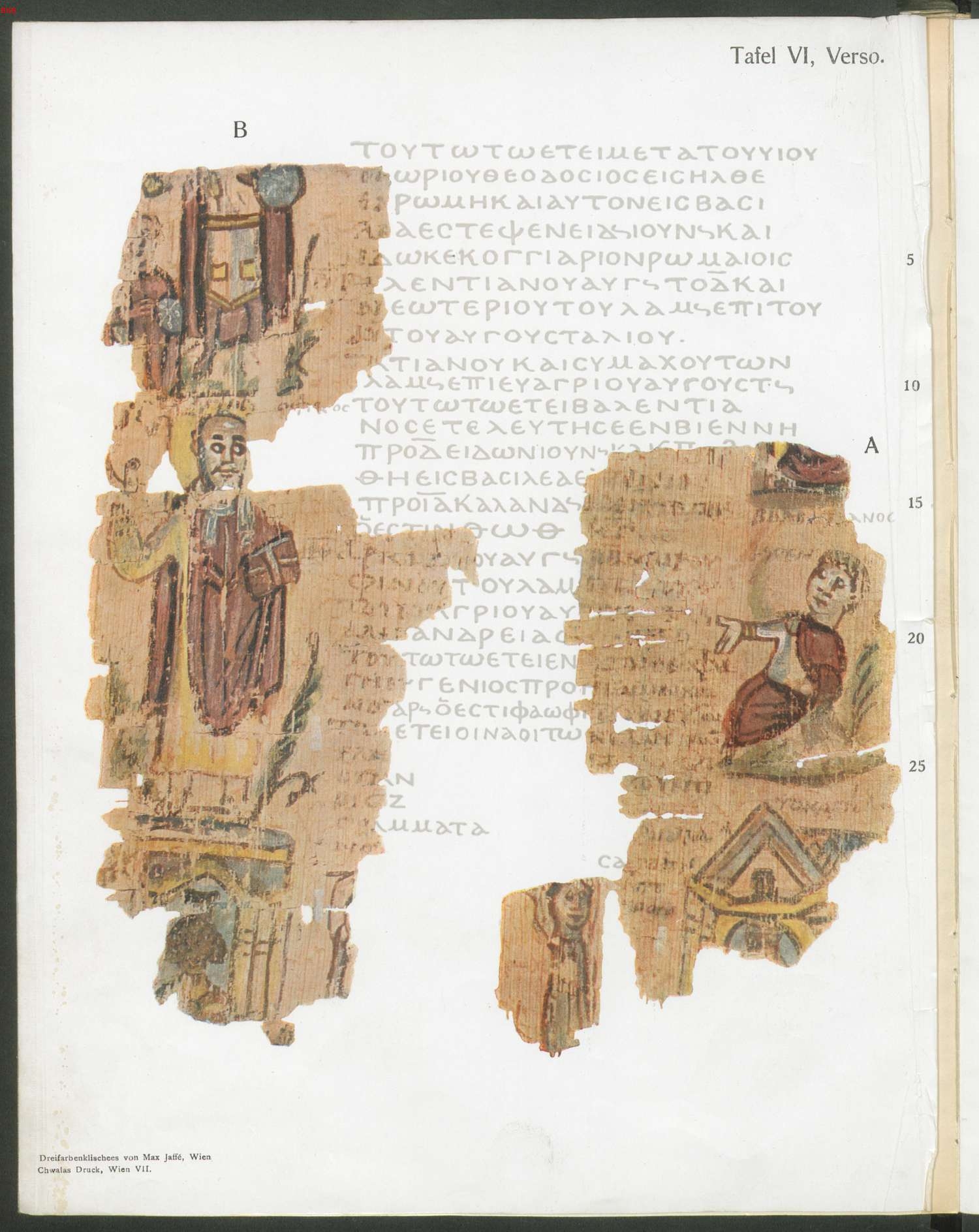Chronographia Golenischevensis on:
[Wikipedia]
[Google]
[Amazon]
 The ''Alexandrian World Chronicle'' or ''Chronographia Golenischevensis'' is an anonymous
The ''Alexandrian World Chronicle'' or ''Chronographia Golenischevensis'' is an anonymous
 The ''Alexandrian World Chronicle'' or ''Chronographia Golenischevensis'' is an anonymous
The ''Alexandrian World Chronicle'' or ''Chronographia Golenischevensis'' is an anonymous Greek
Greek may refer to:
Anything of, from, or related to Greece, a country in Southern Europe:
*Greeks, an ethnic group
*Greek language, a branch of the Indo-European language family
**Proto-Greek language, the assumed last common ancestor of all kno ...
chronicle
A chronicle (, from Greek ''chroniká'', from , ''chrónos'' – "time") is a historical account of events arranged in chronological order, as in a timeline. Typically, equal weight is given for historically important events and local events ...
compiled in Alexandria
Alexandria ( ; ) is the List of cities and towns in Egypt#Largest cities, second largest city in Egypt and the List of coastal settlements of the Mediterranean Sea, largest city on the Mediterranean coast. It lies at the western edge of the Nile ...
, recording history from Creation until the year 392 AD. The chronicle survives in the fragments of a papyrus named the Golenischev papyrus, well known for its examples of early historical illumination.
Papyrus
The Golenischev (or Goleniščev) papyrus is a fragmentary illuminatedpapyrus
Papyrus ( ) is a material similar to thick paper that was used in ancient times as a writing surface. It was made from the pith of the papyrus plant, ''Cyperus papyrus'', a wetland sedge. ''Papyrus'' (plural: ''papyri'' or ''papyruses'') can a ...
in which the ''Alexandrian World Chronicle'' is attested. It has been dated to various periods between the 5th and 8th centuries, though the consensus now dates the text to the ; It has been conjectured that the papyrus belonged to a very wealthy patron, due to its lavish illustrations. It has been named after the Russian Egyptologist Vladimir Golenishchev who obtained it at some point before 1901 from one 'Sheikh Ali' in Giza
Giza (; sometimes spelled ''Gizah, Gizeh, Geeza, Jiza''; , , ' ) is the third-largest city in Egypt by area after Cairo and Alexandria; and fourth-largest city in Africa by population after Kinshasa, Lagos, and Cairo. It is the capital of ...
.
The papyrus exists in 80 fragments of Alexandrian majuscule text currently housed at the Pushkin Museum
The Pushkin State Museum of Fine Arts (, abbreviated as , ''GMII'') is the largest museum of European art in Moscow. It is located in Volkhonka street, just opposite the Cathedral of Christ the Saviour. The International musical festival Sviatos ...
with marginal illustrations depicting - among other figures - Roman kings, a map of the Mediterranean, Old Testament
The Old Testament (OT) is the first division of the Christian biblical canon, which is based primarily upon the 24 books of the Hebrew Bible, or Tanakh, a collection of ancient religious Hebrew and occasionally Aramaic writings by the Isr ...
prophets and characters, and personifications of the Roman months. The best preserved fragment (Pl. VI verso) depicts Pope Theophilus atop the Serapeum
A serapeum is a temple or other religious institution dedicated to the syncretism, syncretic Greeks in Egypt, Greco-Egyptian ancient Egyptian deities, deity Serapis, who combined aspects of Osiris and Apis (deity), Apis in a humanized form that w ...
and has been called an "iconic image ..in the history of Late Antique Alexandria"; the fragment has been used by historian Johannes Hahn to date the destruction of the Serapeum to 392 AD though this date has been criticised by Adolf Bauer, R. W. Burgess and Jitse H. F. Dijkstra as having little authority.
In 1905, the Greek text of the Chronicle was published as ''Eine Alexandrinische Weltchronik'', edited together from papyrus fragments of the Golenischev Papyrus by Josef Strzygowski and Adolf Bauer with glass plates containing colored facsimiles of the illuminated fragments (see below). The fragments were obtained from Vladimir Golenishchev and reconstructed to form images of what the text may have looked like. The fragments of the Golenischev papyrus have since been mishandled and their quality is greatly reduced from when Strzygowski and Bauer reproduced them.
Text
The '' Excerpta Latina Barbari'', a late 8th-centuryLatin
Latin ( or ) is a classical language belonging to the Italic languages, Italic branch of the Indo-European languages. Latin was originally spoken by the Latins (Italic tribe), Latins in Latium (now known as Lazio), the lower Tiber area aroun ...
chronicle, appears to be partly based on the Chronicle. Burgess and Dijkstra have conjectured that both texts are based on a common source composed of the ''Chronographiae'' of Julius Africanus and the '' Liber generationis''.
Gallery
The following plates and captions adapted from :References
Bibliography
* * * * * * * * *External links
{{Authority control 6th-century illuminated manuscripts Historiography of ancient Greece Egyptian papyri containing images Ancient Alexandria Illuminated histories Manuscripts in the Austrian National Library Antiquities in the Pushkin Museum Byzantine illuminated manuscripts Ancient Greek history books